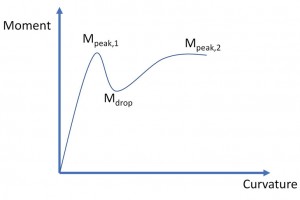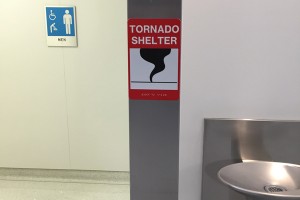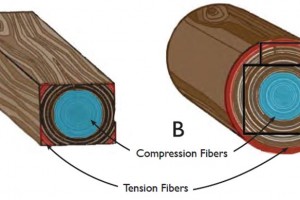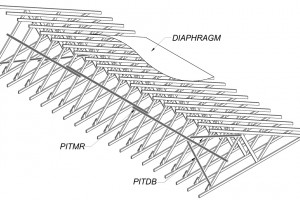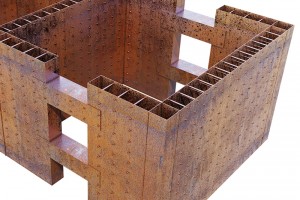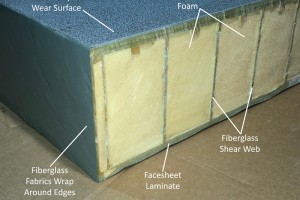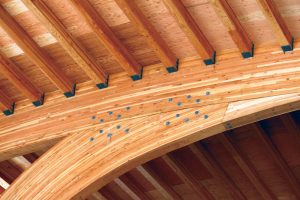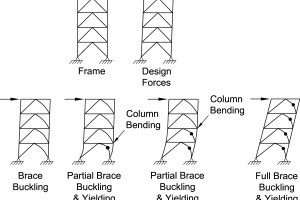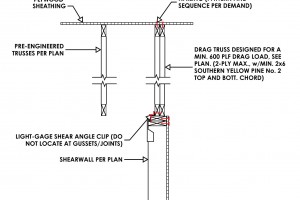Reconciling the 2018 IBC, ACI 318-19, and PCI’s 2019 Report
This is a follow-up to a previous STRUCTURE magazine article titled Rethinking Seismic Ductility (March, 2016). The previous article presented possible shortcomings associated with the International Building Code (IBC) prescriptive seismic design philosophy used for both auger cast piles and prestressed piles to contrast foundation ductility design with that used for other structural elements. It also provided a side-by-side comparison of design and performance issues associated with auger cast piles and prestressed piles. …

